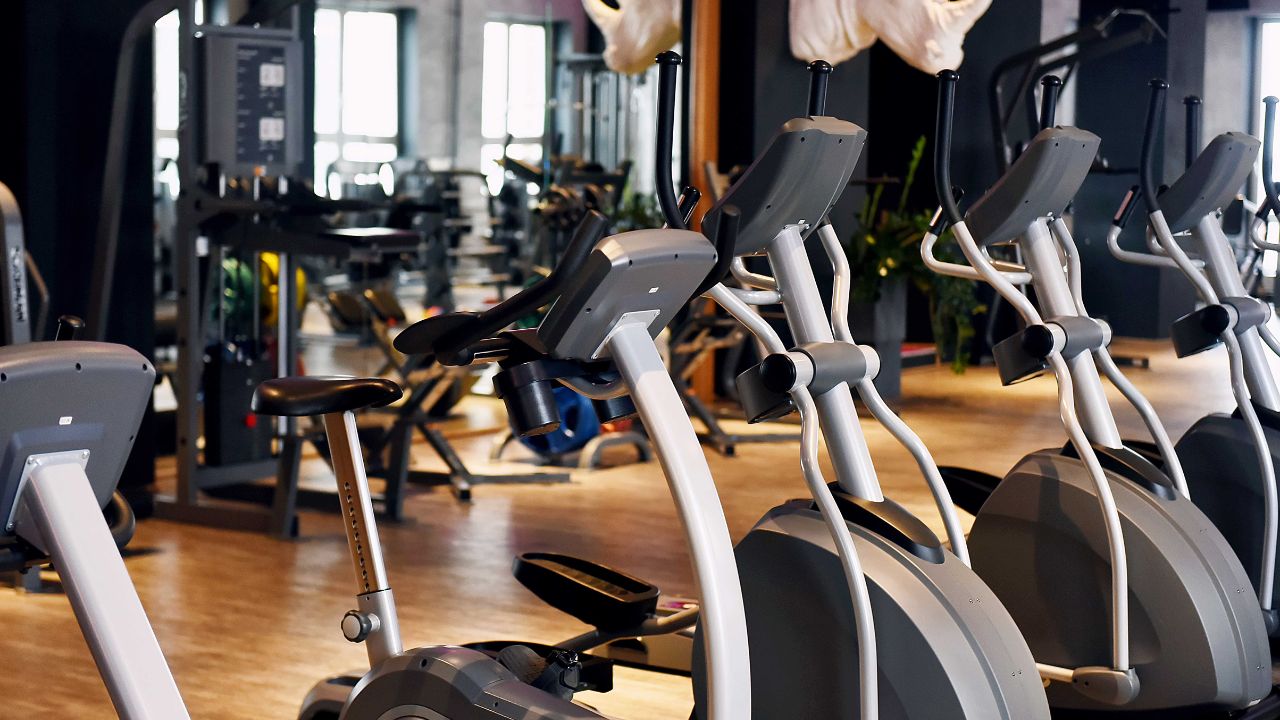Elliptical trainers are prominent fitness trainers that permit tolerable aerobic exercise on the limbs. They mimic walking, running, and upstairs motion, appropriate for indoor and fitness use.
Yet, deciding between the most befitting one to complete the fitness equipment at home or finding a nice type of elliptical can be challenging, given a wide variety of options.
In this article, you will gather data on the diverse types of elliptical machines accessible in the market and how to choose the right one. Read till the end!
Main Types of Elliptical Machines
Front-Drive Ellipticals
This equipment has the flywheel mounted in front, giving more up-and-down movement like a Stair climber. It is normally found to be lower to the ground, and its construction offers easy accessibility to disabled persons. Typically, front-drive ellipticals are selected for home gyms due to their possible workouts and preferable price options.
Rear-Drive Ellipticals
Like the original elliptical design, rear-drive machines offer a smoother, more natural motion with the flywheel at the back. They provide a more horizontal stride pattern and tend to be quieter, requiring less maintenance. While they occupy more space and often cost more, they remain popular in commercial gyms.
Center-Drive Ellipticals
This modern innovation places the flywheel in the center, on either user's side. The structure enables the body’s ergonomic action to take place. While it takes a little more effort, it weighs much less on joints, allowing users to exercise longer than until muscles are completely drained. Owing to their size, they can most preferably be used at home and installed in small, narrow strips.
Hybrid Ellipticals
These adaptive devices integrate elliptical movement with exercise equipment like bikes or stair-climbing machines. They especially appeal to dedicated athletes who want to change their workouts and exercise different muscles simultaneously.
Compact Ellipticals
These miniature units are intended for use where space is a constraint; they use a small flywheel upon which the pedals are placed. Some can stand and be mounted on a stool, and some are small enough to be placed under the table for use during office work.
Cross-Trainers
These machines include moving arms for a full-body workout, engaging both upper and lower body muscles simultaneously. They're excellent for those seeking comprehensive cardiovascular exercise.
Choosing the Right Machine
Consider Your Space
Before selecting an elliptical, measure your available space carefully. Remember to account for ceiling height, as you'll be elevated during use, and allow for additional clearance around the machine for safety.
Evaluate Your Fitness Goals
- For general fitness: A standard front-drive elliptical offers good value and functionality.
- For joint issues: Center-drive models provide the most ergonomic motion
- For intense training: Rear-drive machines typically offer the most durability and smoothest motion
- For space constraints, Compact or foldable models are your best option
Important Features to Consider
- Stride length adjustability for multiple users
- Resistance levels that match your fitness level
- Built-in workout programs
- Weight capacity
- Noise level
- Stability during use
Conclusion
Remember that the best elliptical for you depends on your individual needs, space constraints, and fitness goals. Front-drive models offer good value for home use, while rear-drive machines provide premium performance.
Centre-drive ellipticals strike a balance between space efficiency and ergonomics. Consider testing different types before ensuring the most comfortable and effective workout experience.


